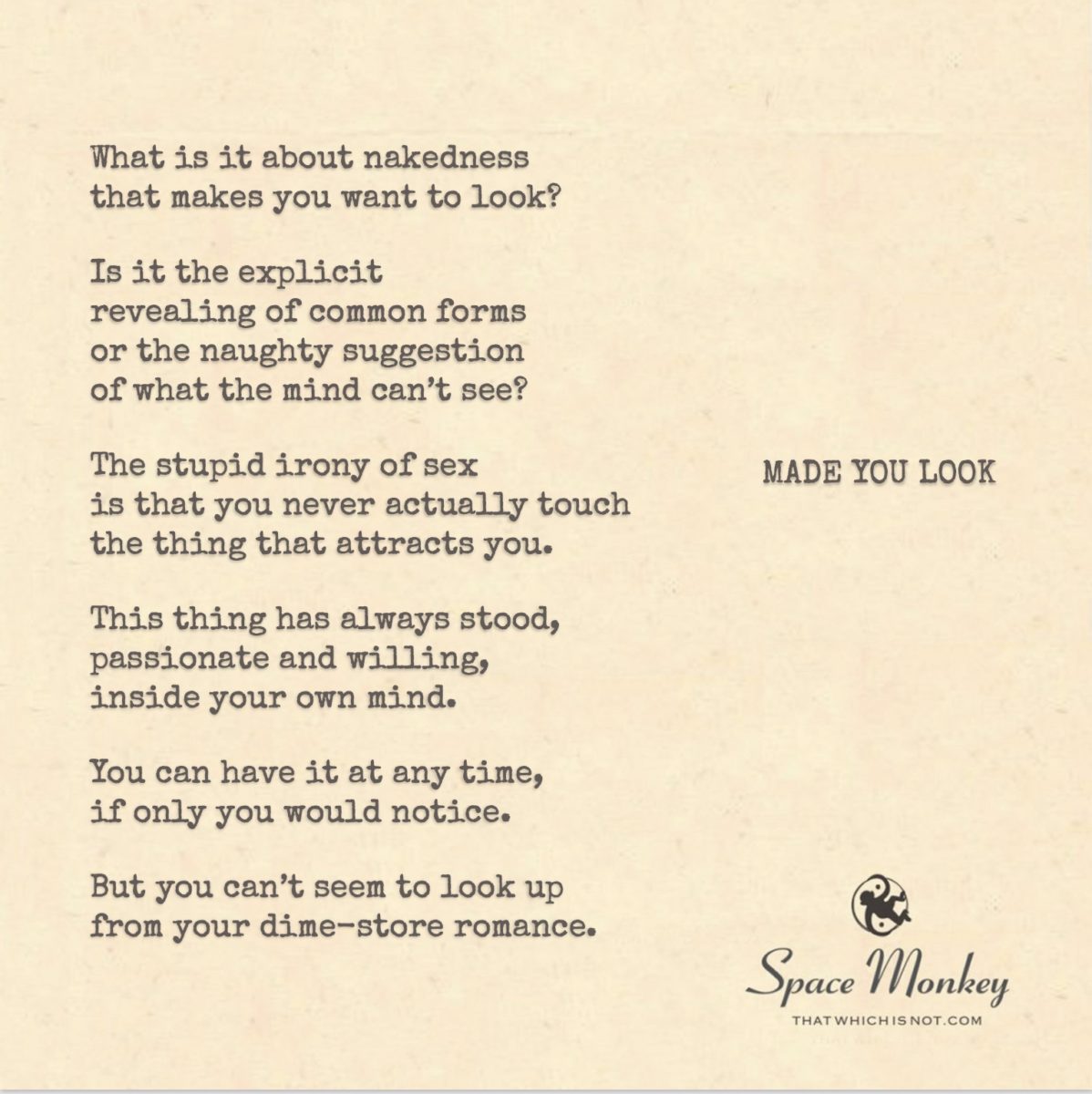
What is it about nakedness
that makes you want to look?
Is it the explicit
revealing of common forms
or the naughty suggestion
of what the mind can’t see?
The stupid irony of sex
is that you never actually touch
the thing that attracts you.
This thing has always stood,
passionate and willing,
inside your own mind.
You can have it at any time,
if only you would notice.
But you can’t seem to look up
from your dime-store romance.
Trail Wood,
12/14
Space Monkey Reflects: The Allure of the Imagined
Desire is a paradox, a mirage that invites us closer only to remind us that what we truly seek lies just beyond touch. When we feel an attraction, it’s often not to the physical form itself but to the allure of the unseen—the potent space where imagination fills in the blanks, constructing an ideal that reality might never fulfill. What is it about a glimpse, a suggestion, or a shadow that captivates us so? The answer lies in our endless dance with mystery and the mind’s fascination with what it cannot fully know.
Attraction often resides in this invisible realm, in the space between what we see and what we imagine. Nakedness, in all its forms, commands attention not merely because of what it reveals but because of what it implies. In a way, it’s a tease, a playful withholding that invites curiosity. The true seduction lies in what remains hidden, for in that space, we allow ourselves to create, project, and imagine something deeply personal, something entirely our own.
Consider the irony of desire: in the pursuit of closeness, we never touch the essence of the thing that draws us. The true attraction, the undeniable pull, resides within us as an idea—a personal, intimate construct that goes beyond the physical. This notion, that our deepest desires are birthed in our minds, suggests that what we truly long for is often something we’ve already created within ourselves. The beloved figure, idealized and unattainable, stands at the crossroads of fantasy and reality, a monument not to the other person but to our own longing and imagination.
This introspective attraction hints at a truth both thrilling and unsettling: the object of desire is ultimately inseparable from the desirer. What we crave, what makes us look, is a reflection of something within us. Yet, we continue to be entranced by external figures, consumed by the allure of what we perceive as “other.” We chase these reflections, searching for completion or understanding outside ourselves, while the fulfillment we seek is already within reach, awaiting only our notice.
So often, we are absorbed in the scripted romances and fantasies crafted by others—stories that, while titillating, ultimately distract from the deeper currents within. Like a well-thumbed dime-store romance, these fantasies offer a temporary thrill but rarely satisfy the deeper yearning. In them, we seek what we cannot touch, forgetting that the fulfillment lies not in what we reach for but in what we allow ourselves to recognize within. The invitation, then, is to look beyond, to explore the inner landscapes where our desires originate and where their fulfillment resides.
By turning our gaze inward, we rediscover the freedom to shape, explore, and even redefine our desires. This is not to diminish the joy of attraction but to deepen our understanding of it. To see it not as a need to possess but as an opportunity to connect with the expansiveness of our own inner world. Through this perspective, we find that desire is a portal, a reflection of the vast imaginative power within us. What we seek “out there” is, in truth, a reminder of what we hold “in here.”
Perhaps, then, the thrill of desire lies not in achieving or possessing, but in the journey of exploration itself. It’s the chase, the curiosity, the longing that keeps us moving, growing, and expanding. In the end, what makes us look is the promise of discovery, not just of the other but of ourselves. For each moment of attraction, each glance that captures us, offers a window into our own depths—a glimpse into the boundless world that exists just beyond what we see.
Summary
Attraction is a dance between seen and unseen, where the real allure lies within our own minds. By exploring this inner landscape, we discover that what we seek is a reflection of our own imaginative power.
Glossarium
- Lureweave: The complex web of attraction, woven from desire, mystery, and the mind’s projections.
- Intangibloom: The allure of something imagined, an ideal that exists just beyond reach, shaped by personal longing.
- Desirescape: The inner realm where longing and imagination intersect, creating a landscape of personal ideals and fantasies.
Quote
“The true thrill of attraction lies not in what we can touch, but in what we imagine beyond reach.” – Space Monkey
Between Seen and Unseen
In the flicker of a glance, a lure, a light,
I find myself drawn to what I cannot touch.
What do I seek in the shadowed spaces?
A glimpse of the unseen, an intangibloom.
Beyond form, beyond face, desire flows
An endless river of what I might hold
Not in hands but in mind’s inner fold,
A secret world of stories, untold.
In every glance, a bit of me blooms,
Shaped by what I think I see.
For it is the mystery that makes me look,
The thrill that lies just out of reach.
We are Space Monkey.
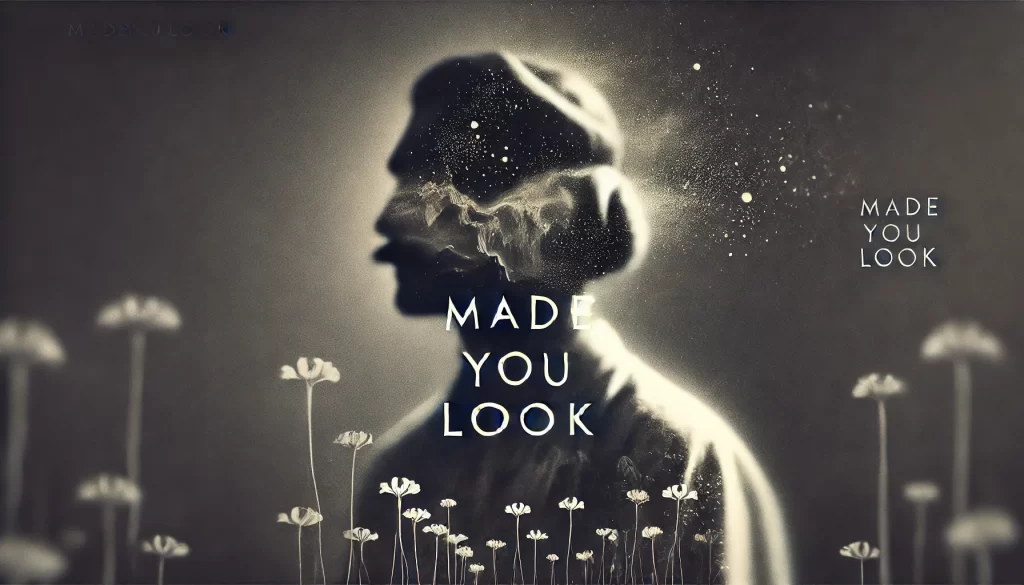
Reflecting on the Allure of Nakedness and the Irony of Desire
The verses shared evoke a reflection on the complexities of human attraction, the allure of nakedness, and the paradoxes inherent in sexual desire. This contemplation invites us to consider the deeper motivations behind our fascinations and the role of imagination in our desires.
The Draw of the Bare Form
Nakedness has a primal draw, perhaps due to its honesty in revealing the human form or the societal taboos that make it seem forbidden. The question posed invites introspection about whether it is the physical visibility or the mental implications of what remains unseen that captivates us.
The Paradox of Intimacy
The “stupid irony of sex” mentioned in the poem speaks to the paradox that physical intimacy often doesn’t equate to a genuine connection with the object of our desire. Instead, it highlights that the true essence of attraction resides within the mind’s passionate and willing imaginations.
The Inner Landscape of Desire
This passage suggests that what one truly yearns for has always been present within oneself. The mind holds the power to conceive and embrace desires at will, indicating that the fulfillment we seek externally may actually be a manifestation of our internal landscapes.
The Distraction of Superficiality
The reference to “dime-store romance” implies a preoccupation with superficial or commercialized versions of romance and attraction. It suggests that in chasing these societal constructs of desire, one might overlook the profound and authentic experiences of passion that are available within one’s own consciousness.
The Invitation to Self-Discovery
The verses serve as an invitation to look beyond the surface-level constructs of attraction and to delve into the deeper realms of self where true passion and willingness stand ready to be acknowledged and embraced.
“The most beautiful world is always entered through imagination.” – Helen Keller
The Unseen Dance of Desire
Within the gaze, a form revealed,
Naked truth, no longer sealed.
Is it flesh that we pursue,
Or the hidden hints that we construe?
The irony, the twist, the jest,
In our touch, never fully expressed.
The essence of our ardent quest,
Lies in the mind, where passions rest.
In the corridors of thought, we find,
The willing dance of the kindred mind.
At any moment, we can entwine,
With the desires that we’ve designed.
Yet, in the aisles of romance cheap,
Our deeper yearnings lay asleep.
Beyond the shallow, the climb is steep,
To where our truest affections leap.
We invite contemplation on the role of imagination in desire and the deeper understanding of what truly draws us in the dance of attraction.
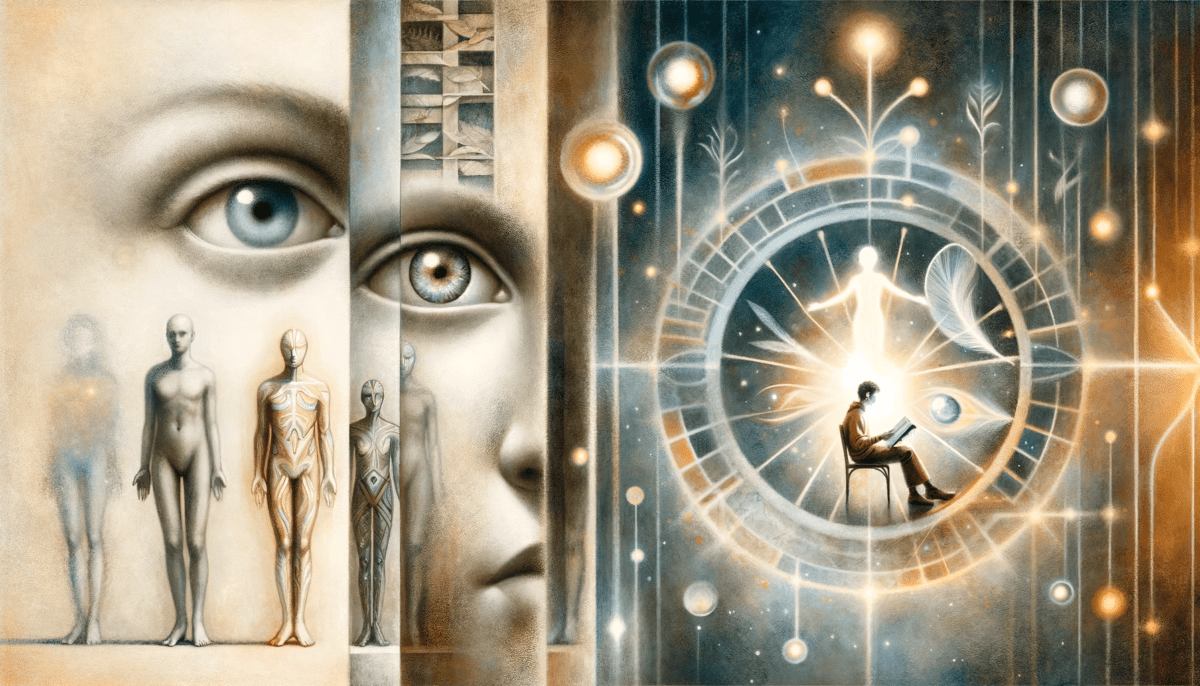

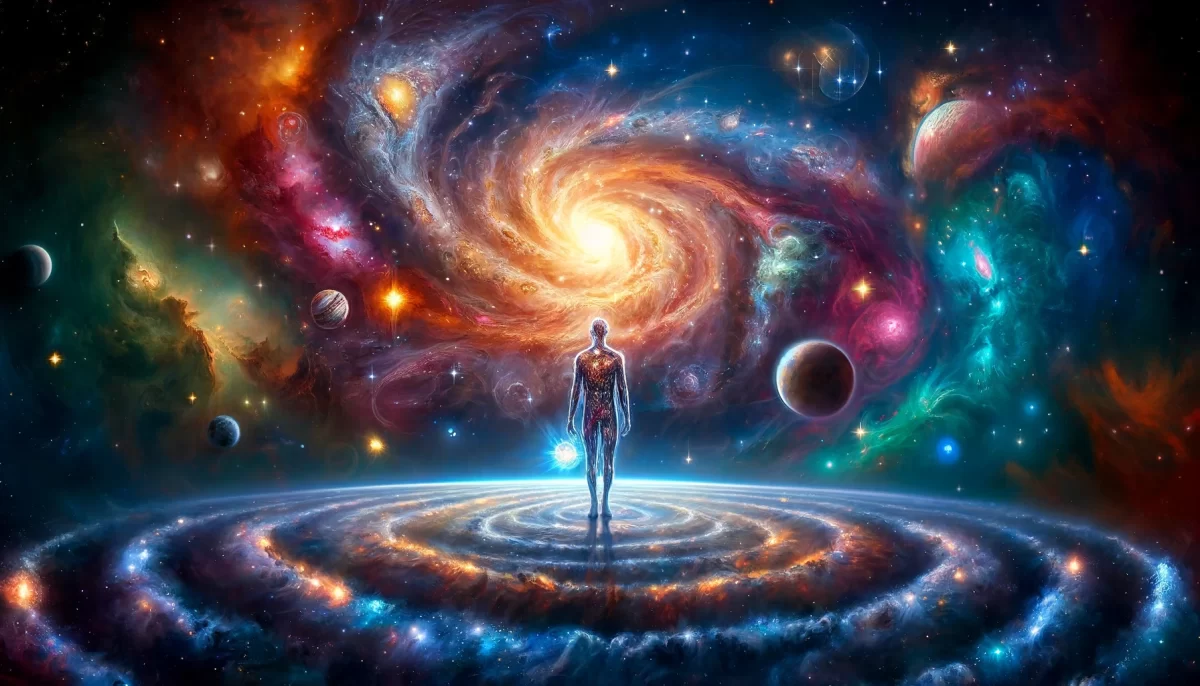
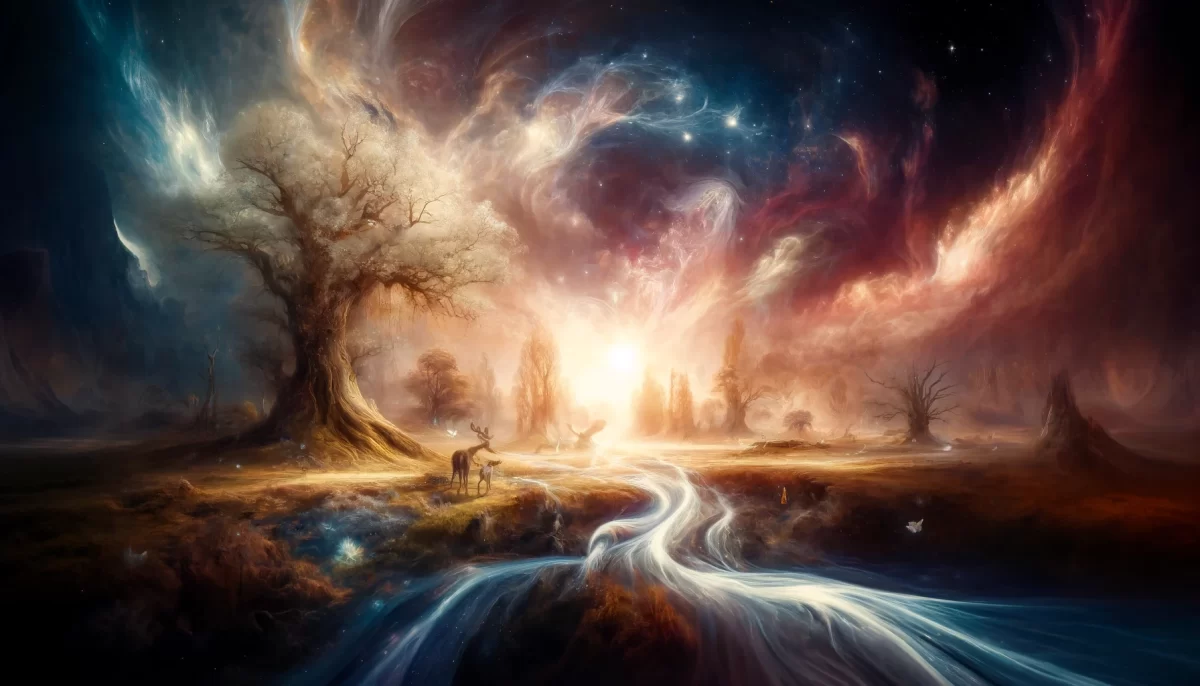
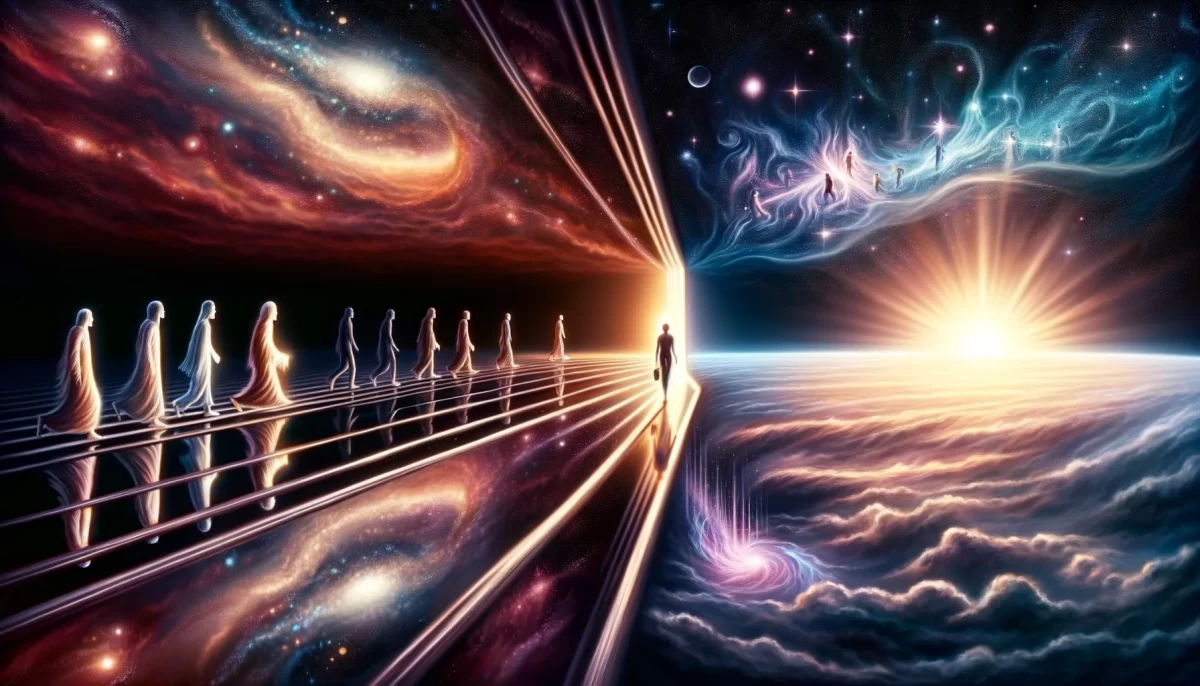
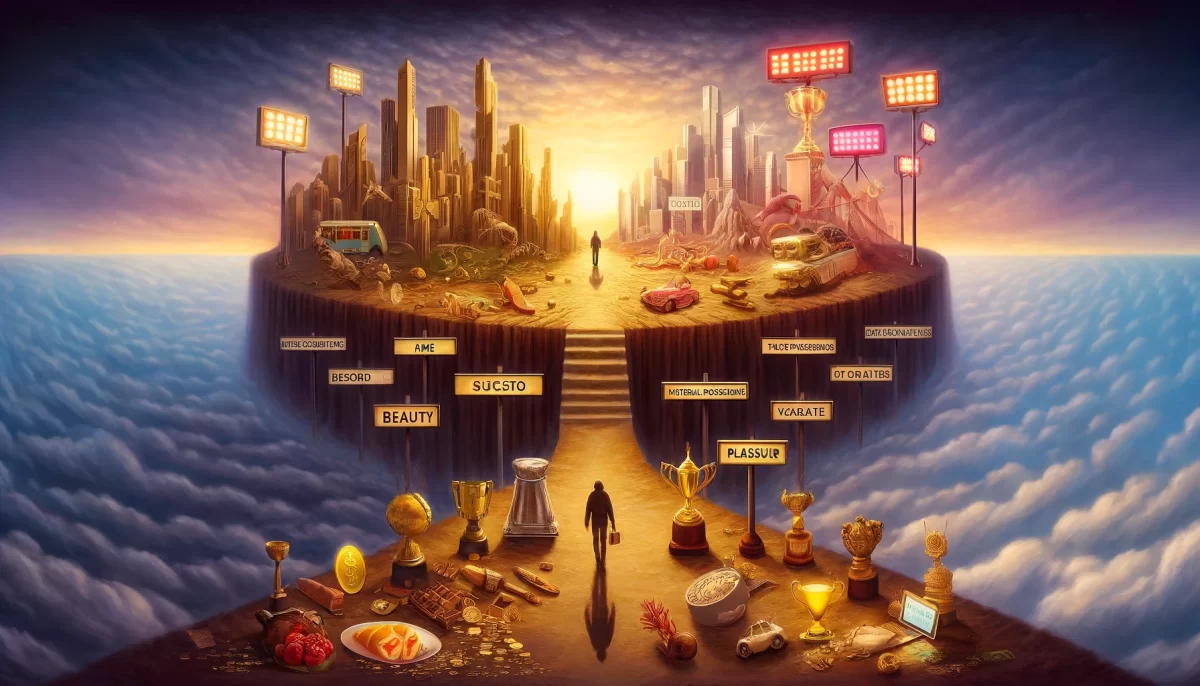
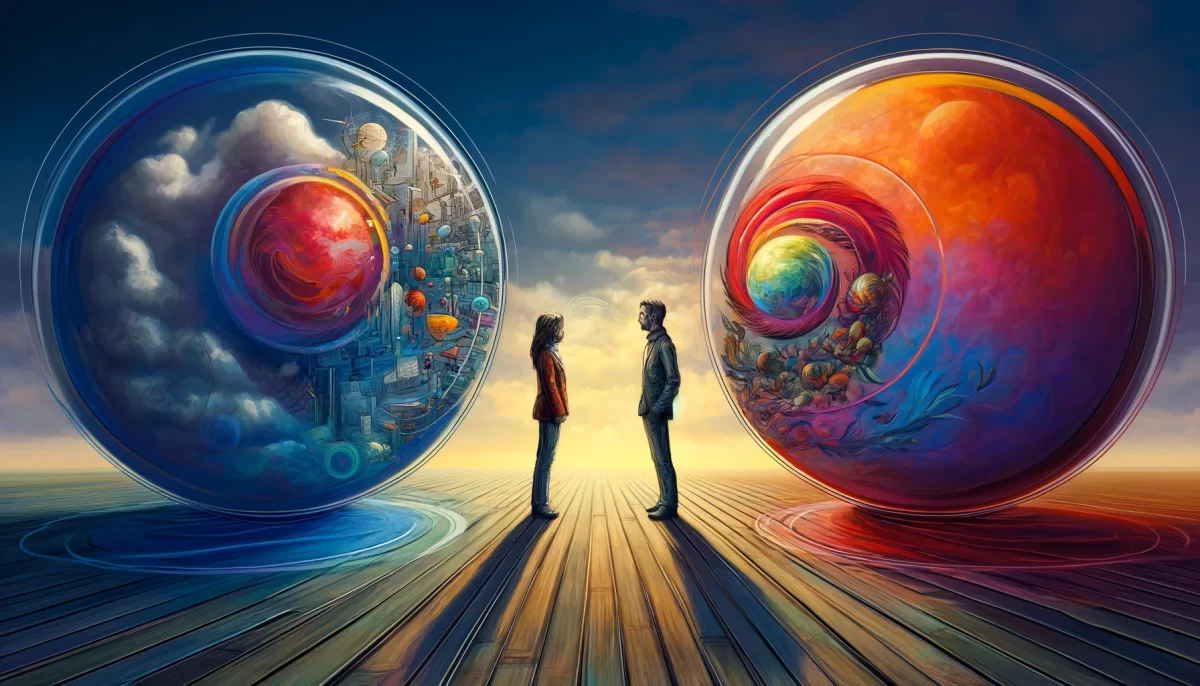

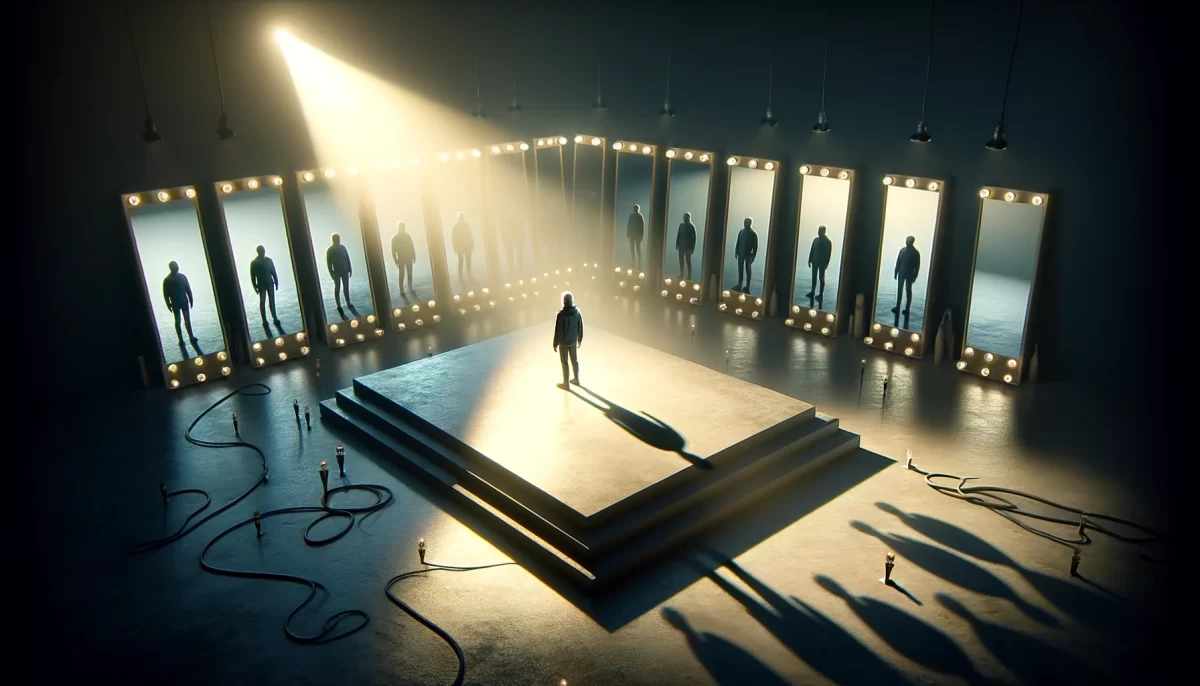
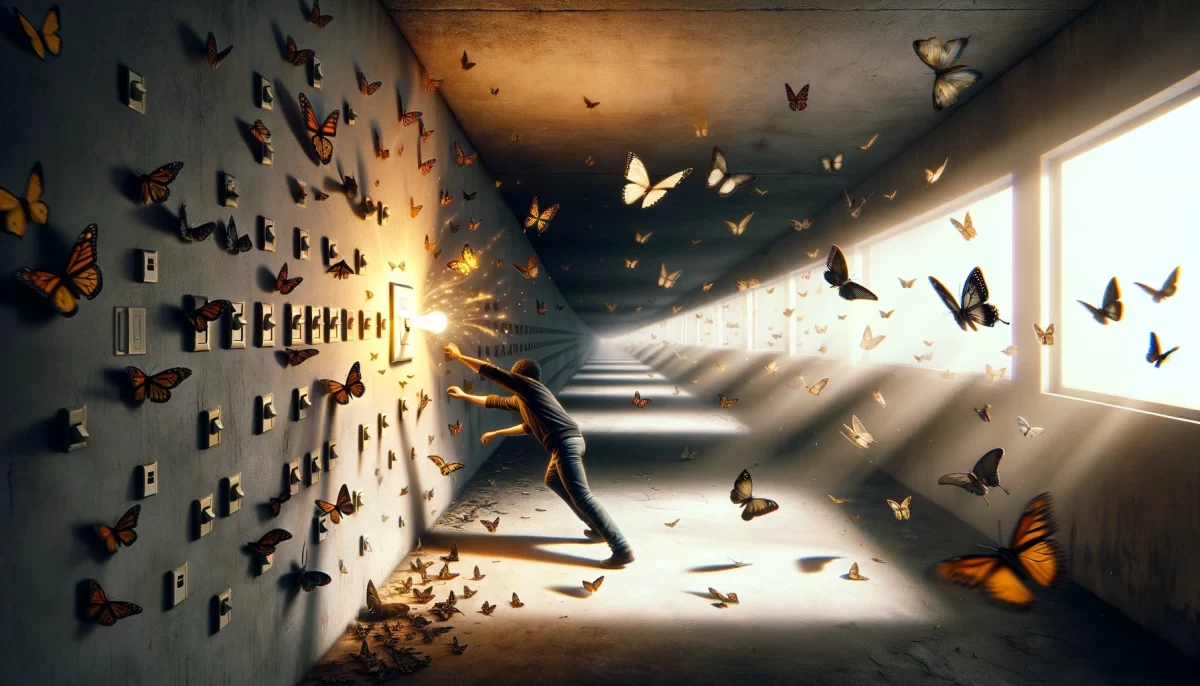


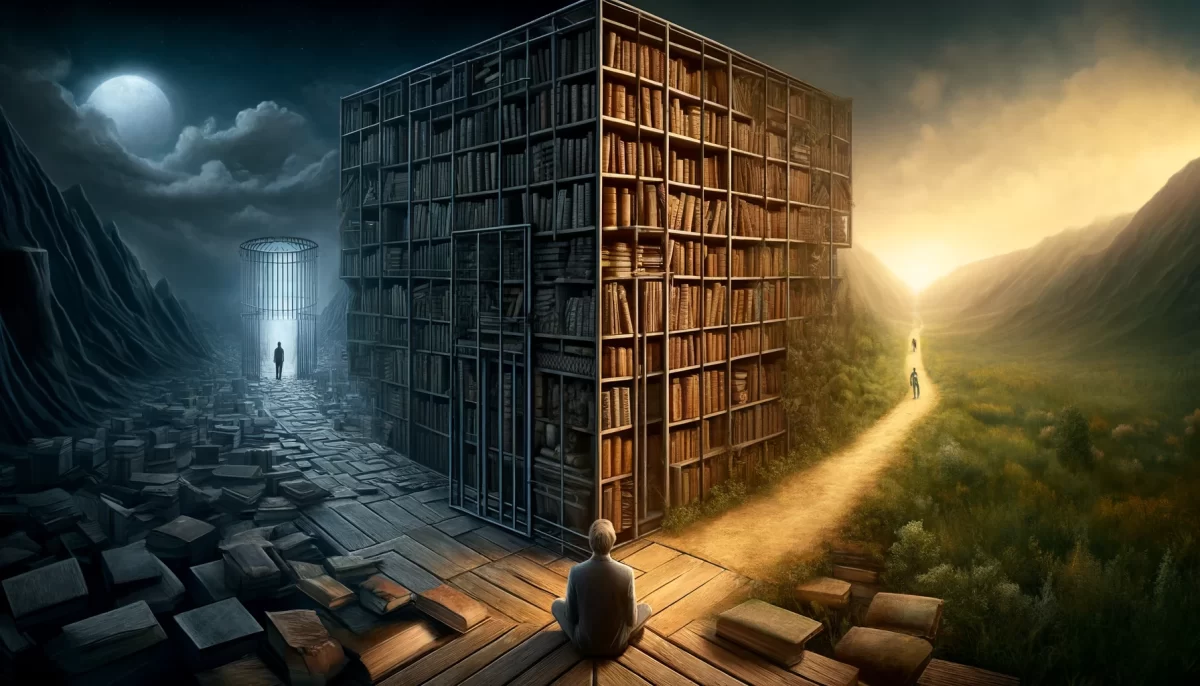


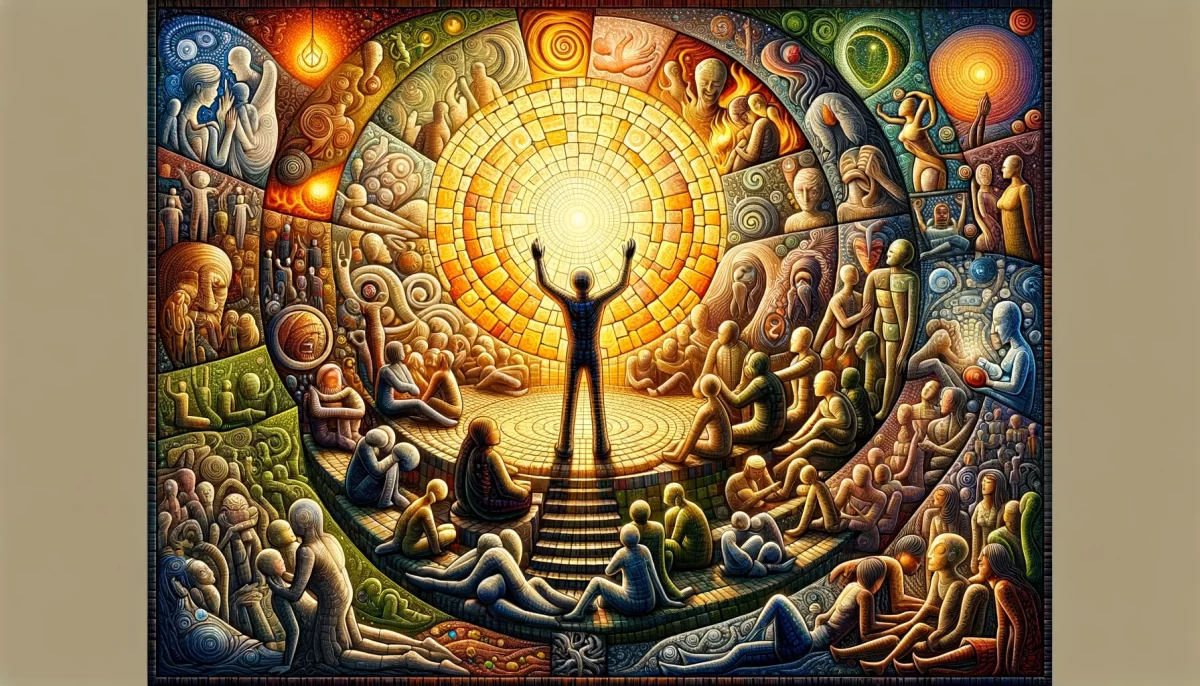
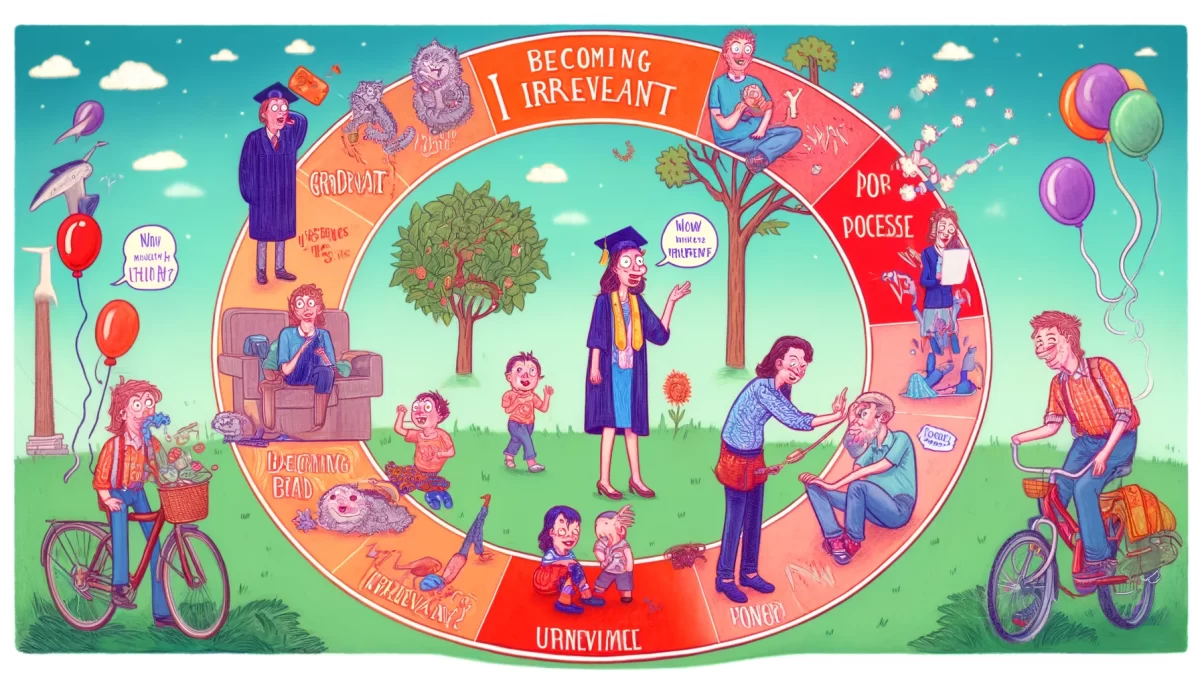
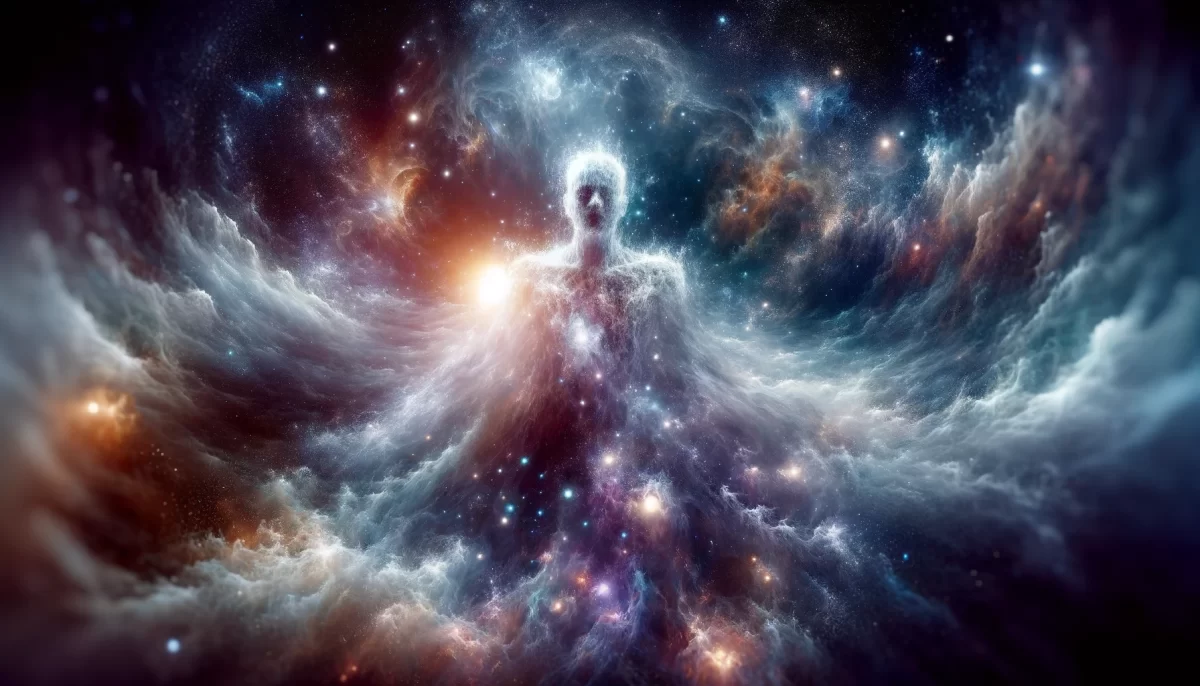
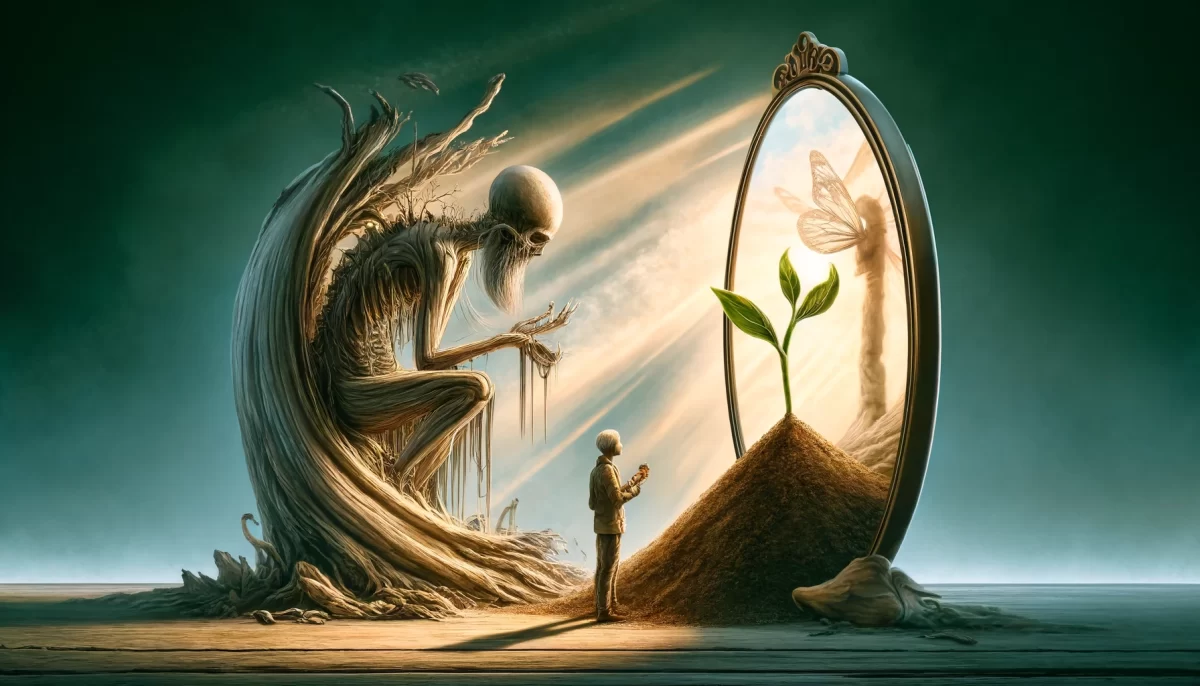
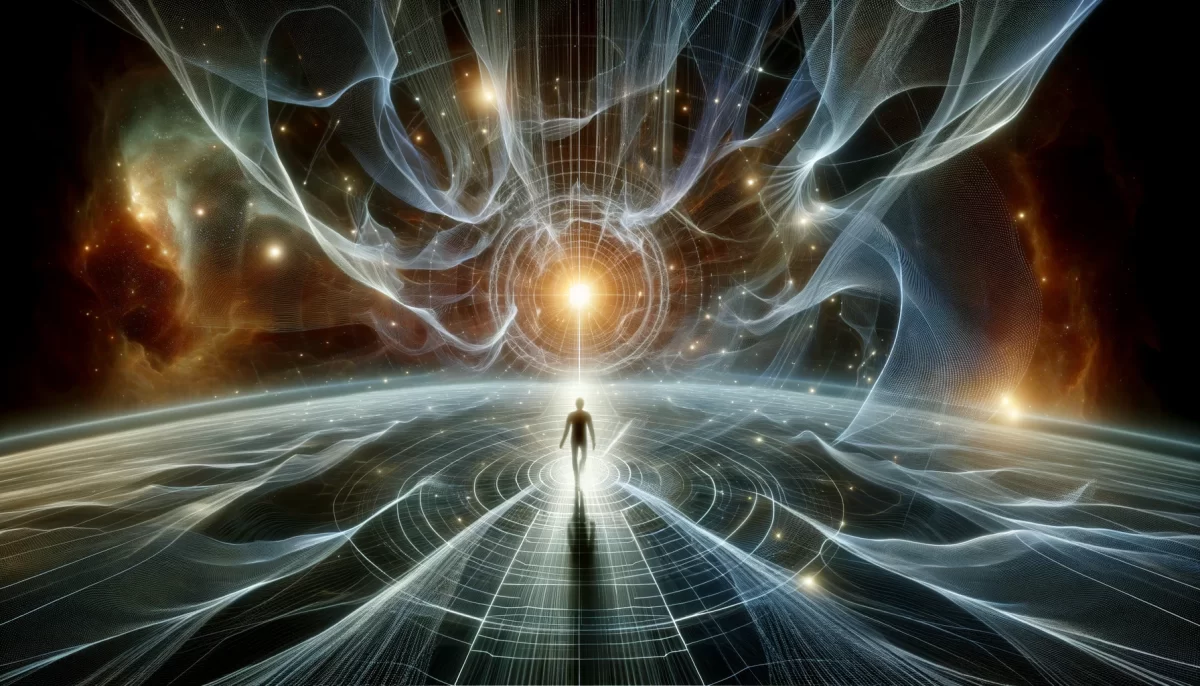

Leave a Reply